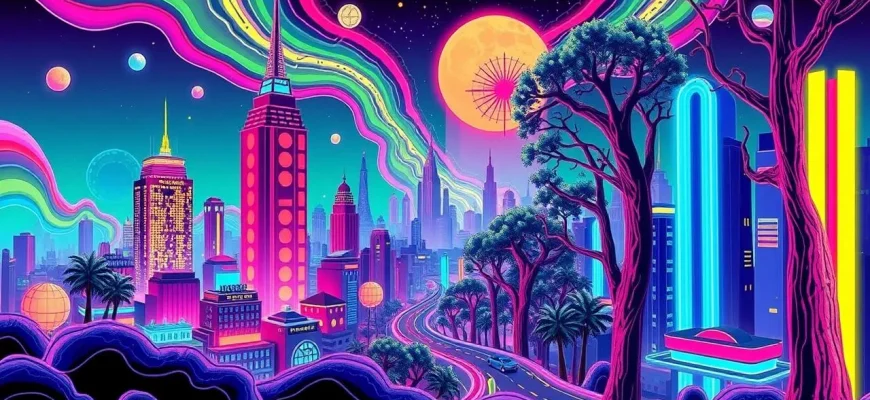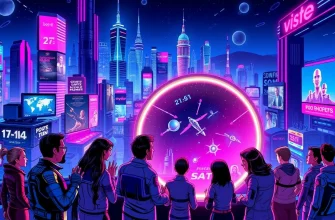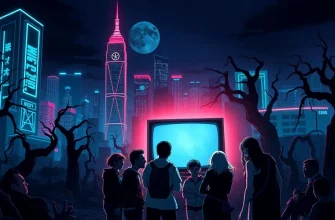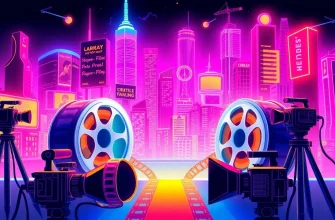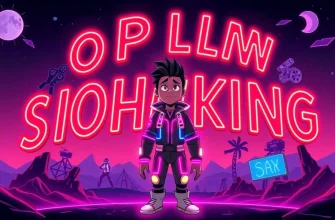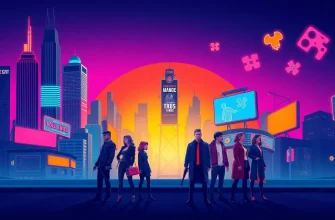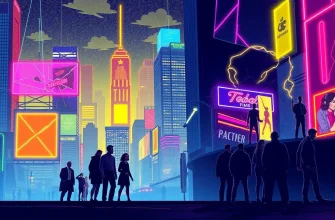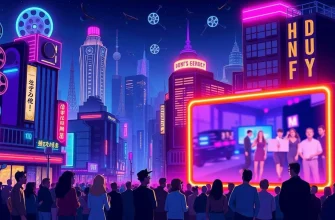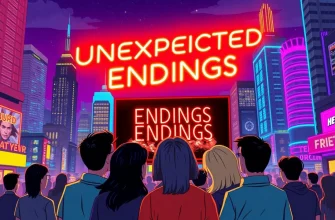Psychedelic films often delve into the surreal, the abstract, and the mind-altering, providing viewers with a unique cinematic experience that challenges perceptions and explores the depths of human consciousness. This curated list of 10 films offers a journey through visual and narrative experimentation, making it an invaluable resource for those interested in exploring the boundaries of film as an art form.
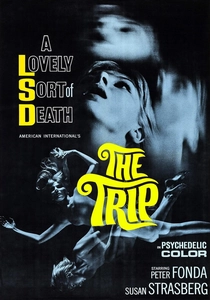
The Trip (1967)
Description: Directed by Roger Corman, this film follows a television commercial director who takes LSD, leading to a series of hallucinatory experiences that reflect the cultural fascination with psychedelics at the time.
Fact: The film was one of the first to depict an LSD trip in mainstream cinema, influencing how drugs were portrayed in films.
 Watch Now
Watch Now
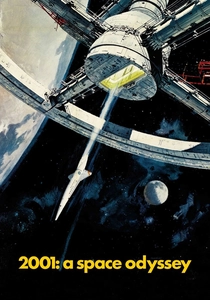
2001: A Space Odyssey (1968)
Description: Stanley Kubrick's masterpiece is renowned for its psychedelic sequences, particularly the "Stargate" scene, where astronaut Dave Bowman travels through a kaleidoscope of light and color, representing a transcendental experience.
Fact: The film was inspired by Arthur C. Clarke's short story "The Sentinel," and the visual effects were groundbreaking for their time, influencing countless films thereafter.
 Watch Now
Watch Now
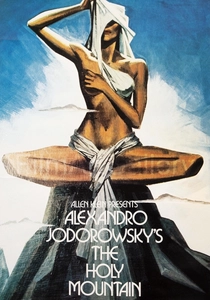
The Holy Mountain (1973)
Description: Alejandro Jodorowsky's surrealist film blends mysticism, alchemy, and a quest for enlightenment, featuring bizarre imagery and a narrative that defies conventional storytelling.
Fact: The film was financed by John Lennon and Yoko Ono, who were fans of Jodorowsky's work.
 Watch Now
Watch Now
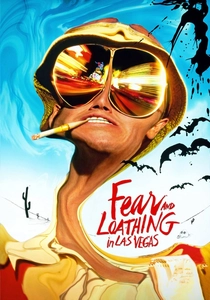
Fear and Loathing in Las Vegas (1998)
Description: Based on Hunter S. Thompson's novel, this film captures the essence of a drug-fueled trip through Las Vegas, showcasing the distorted reality through the eyes of Raoul Duke and Dr. Gonzo.
Fact: Johnny Depp, who plays Duke, lived with Thompson for a time to prepare for the role, adopting his mannerisms and lifestyle.
 Watch Now
Watch Now
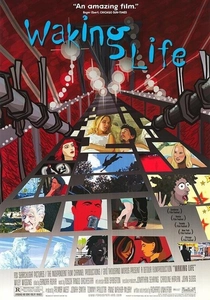
Waking Life (2001)
Description: Richard Linklater's animated film explores philosophical discussions through a dream-like state, where the protagonist drifts through various conversations, all rendered in a rotoscoped animation style.
Fact: The film features numerous real-life philosophers and thinkers voicing their own characters.
 Watch Now
Watch Now
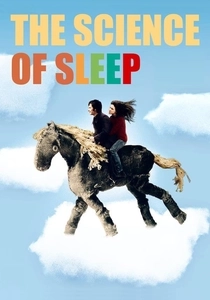
The Science of Sleep (2006)
Description: Michel Gondry's film blurs the line between dreams and reality, focusing on a man whose dreams start to influence his waking life, creating a visually inventive narrative.
Fact: Many of the film's dream sequences were created using practical effects, showcasing Gondry's inventive filmmaking techniques.
 Watch Now
Watch Now
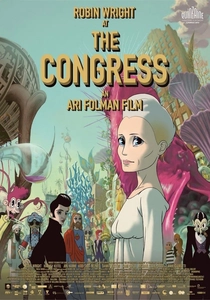
The Congress (2013)
Description: Ari Folman's film blends live-action with animation to explore a future where actors sell their digital likenesses, leading to a surreal exploration of identity and reality.
Fact: The film is loosely based on Stanislaw Lem's novel "The Futurological Congress."
 Watch Now
Watch Now
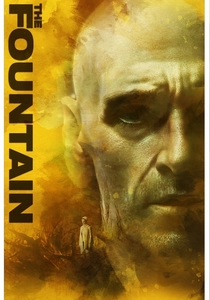
The Fountain (2006)
Description: Darren Aronofsky's film intertwines three different stories across time, exploring themes of love, death, and rebirth through a visually stunning and often psychedelic journey.
Fact: The film was initially conceived as a much larger project but was scaled back due to budget constraints, resulting in a more focused narrative.
 30 Days Free
30 Days Free

Enter the Void (2009)
Description: Directed by Gaspar Noé, this film follows a drug dealer in Tokyo who experiences an out-of-body journey after his death, exploring themes of life, death, and reincarnation through a visually psychedelic lens.
Fact: The film took over a decade to complete due to its complex visual effects and the director's meticulous attention to detail.
 30 Days Free
30 Days Free
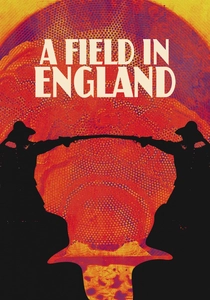
A Field in England (2013)
Description: Set during the English Civil War, this black-and-white film uses psychedelic visuals to explore themes of power, control, and the supernatural, all within a single field.
Fact: The film was shot in just 12 days, and its unique visual style was achieved through practical effects and minimal CGI.
 30 Days Free
30 Days Free

